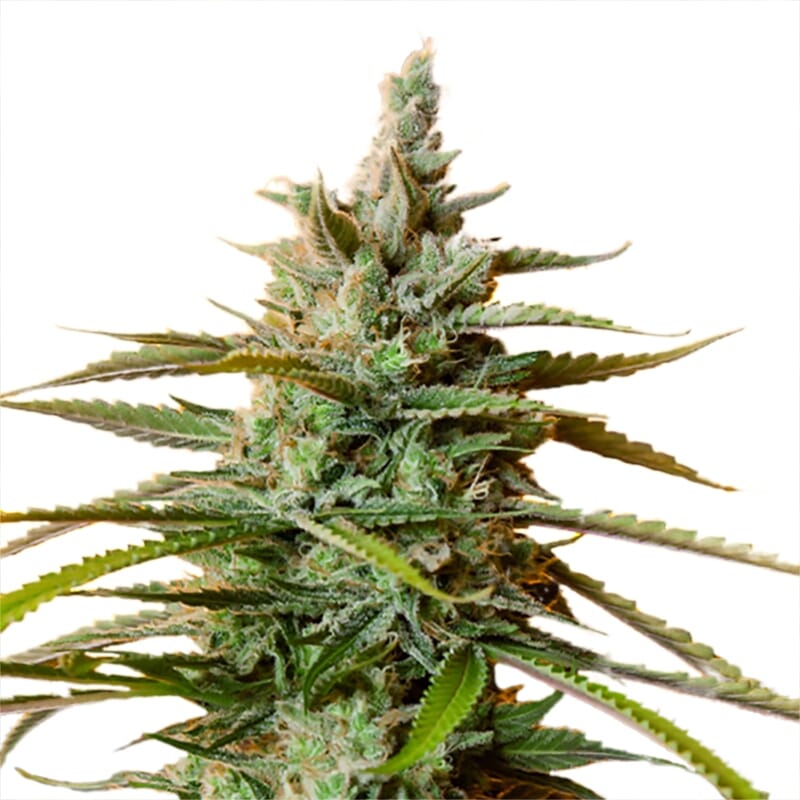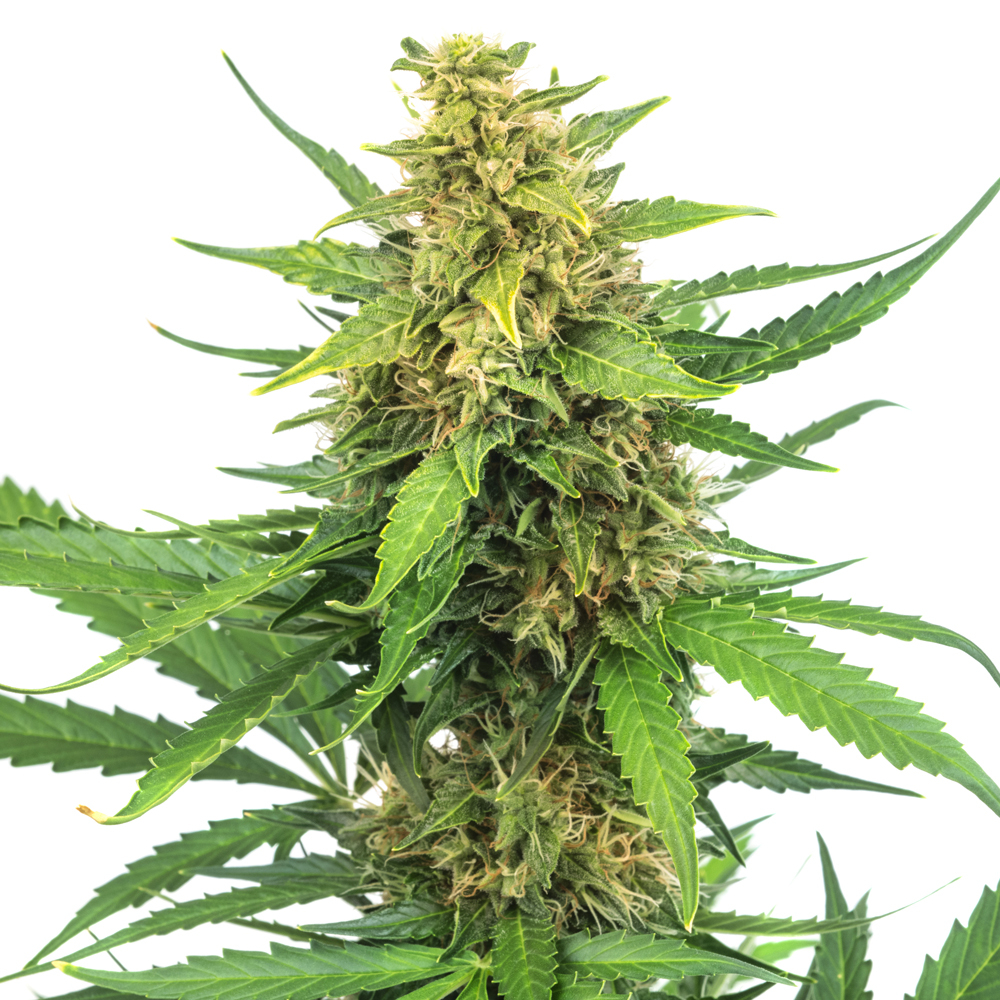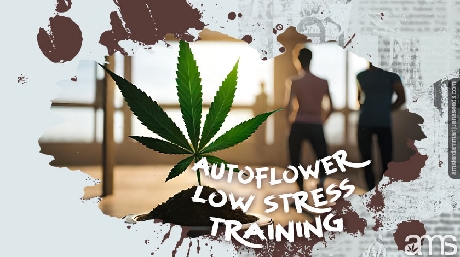Table of Contents
- Autoflowering cannabis
- The pros of growing cannabis in soil
- The cons of growing cannabis in soil
- What is a hydroponic system?
- Hydroponic methods
- The pros of growing cannabis in hydro
- The cons of growing weed in hydro
- Most common mistakes when growing hydro
- Coco Coir, The ideal balance between hydroponic growing and soil growing?
- So, which is better?
You’ve probably heard of the two most popular ways to grow cannabis plants: hydro and soil. But which one is right for you? In this article, we’ll take a look at the pros and cons of each method so you can make an informed decision.
Autoflowering cannabis
Autoflower is a type of cannabis that doesn’t need to be switched to a flowering light cycle to flower. It automatically flowers after a certain period, regardless of the light cycle. This makes it a good choice for beginner growers since you don’t have to worry about changing the light cycle at the right time.
The Pros of growing cannabis in soil
Here are some of the benefits of growing cannabis in soil:
Soil is easy to find and relatively cheap
Soil is the easiest and cheapest medium. There’s not much need for equipment other than pots and a container to water your plants. People just starting to grow can buy different types of soil at the garden store. Digging up soil is also an option and it doesn’t need as many nutrients as hydro because the ground already has some nutrients stored in it.
Soil is more familiar
When it comes to cannabis cultivation, it seems that many individuals start by growing in soil. If you’ve ever grown or cared for a plant in soil, this may be the ideal option for novices since you’ll be accustomed to the environment.
There’s less chance of problems with pH levels
pH stands for “potential of hydrogen” and is a scale that measures how acidic or alkaline something is. The ideal pH level for cannabis is around 5.8-6.2, but the soil is more forgiving than hydro when it comes to pH levels. This is because the soil contains natural buffers that can help stabilize the pH.
The cons of growing cannabis in soil
Here are some of the cons of growing in soil:
Bugs and pests
Having bugs is one of the soil’s major drawbacks. Growers appear to experience pests and bugs in the soil more frequently than in hydroponic setups because this medium is organic matter and contains organic material that attracts many sorts of bugs that can dwell in the soil.
Weeds
Weeds can be a problem when growing in soil, especially if you’re using store-bought soil that’s not been sterilized. If you don’t want to deal with weeds, make sure to sterilize your soil before planting. You can do this by baking it in the oven at a low temperature for an hour or so.
What is a hydroponic system?
Plants that are grown hydroponically do not use soil. These plants are given access to nutrient-rich solutions, oxygen, and water. Rapid growth, higher yields, and higher quality are encouraged by this approach.
Hydroponic methods
There are many ways to grow hydroponically, but some of the most popular methods include:
- Deep water culture (DWC) – Also known as reservoir or bucket method. The roots of the plants are submerged in a nutrient-rich solution. An air pump is used to provide oxygen to the roots.
- Aeroponics – A method in which the roots are suspended in the air and misted with a nutrient-rich solution.
- Nutrient film technique (NFT) – A method in which the roots are suspended in a shallow stream of nutrient-rich solution.
- Ebb and flow method – Also known as flood and drain. The roots are submerged in a nutrient-rich solution for a period of time and then the solution is drained away. This process is repeated regularly.
The pros of growing cannabis in hydro
Here are some of the benefits of growing cannabis in hydro:
Hydro is easier to control
In a hydroponic setup, you have complete control over the environment since you’re growing in a closed system. This means you can more easily control factors like temperature and humidity.
Hydroponic systems are typically more efficient
Since you have complete control over the environment, you can optimize it for maximum efficiency. For example, hydroponic growers often use a nutrient film technique (NFT) system, which recirculates the nutrients and water to minimize waste.
Hydro systems typically produce larger yields
Hydro growers can optimize the environment for maximum growth, and since the roots have direct access to water and the nutrient solution, they can grow faster and produce more buds.
The cons of growing cannabis in hydro
Here are some of the drawbacks of growing cannabis in hydro:
Hydro is more expensive
You’ll need to invest in a good quality hydroponic setup, which can be pricey. You’ll also need to buy nutrients specifically for hydroponics, which can add to the cost.
Hydro is more complicated
A hydroponic system is more complicated than a soil system, so it’s not the best choice for beginners. You’ll need to understand things like pH levels and how to properly mix your nutrients. Hydro growers tend to have a lot more experience.
You’ll need to monitor your system closely
Since you’re growing in a closed system, you’ll need to check on your plants regularly to make sure everything is working properly. If something goes wrong, it can quickly ruin your entire crop.
Most common mistakes when growing hydroponically
While you may be interested in gaining bigger plant numbers, growing in a hydro setup is not very easy. There is a learning curve in getting a proper and successful hydro grow.
Ignoring pH levels
The pH level is vital for your plants to absorb nutrients properly. Measurement and adjustment of pH levels are mandatory in hydroponic plants. You will need to take a pH test at the beginning of the week, and remember that plant growth can be controlled through nutrients. If the nutrients are out of balance, the plant could be unable to grow again.
Incorrect lighting
Lighting is extremely important too – using improper light or a light that doesn’t have enough force will stop your plants in their photosynthesis. Led lighting produces full-spectrum which is typically chosen for growers.
Using improper nutrients
Incorrect nutrient solution usage can hinder your plant’s growth and also damage your hydro system. Some fertilizers may not dissolve completely and can clog pipes and drain lines.
Not cleaning properly
You must clean your plant setup before and after all growth cycles because it may contain harmful bacteria, which can lead to an algae-laden hydro setup.
Coco Coir, the ideal balance between hydroponic growing and soil growing?
In recent years, coco-coir, a brand-new and interesting growing medium, has been made available.
What is Coco Coir?
All levels of cultivators, but notably beginning growers, are finding that coco-coir, which is formed from the finely ground up husks of the external, shaggy layer of coconuts, is their preferred growing medium. This adaptable, simple-to-use medium is inert (meaning chemically inactive or completely devoid of nutrients), but for cannabis production, it is ideal to mix with perlite to increase the capacity for oxygenation.
Why should you use coco coir?
Many cannabis producers are switching to coco-coir as their primary growing medium for several reasons, but the main benefit is that it offers many of the benefits of both soil and hydroponic growing and is highly forgiving. Systems based on soil are always simpler than hydro installations. With coco-coir, you may enjoy the benefits of soil-based growth while having far more control over your crop’s feeding schedule. With coco, you can easily monitor nutrients because you can simply add synthetic nutrients to the feed water.
So, which is better?
The answer to this question depends on your individual needs and preferences. If you’re a beginner, the soil may be the best option since it’s less complicated and easier to control. However, if you’re looking for maximum efficiency and yield, hydro may be the way to go. Coco coir offers a happy medium between the two, giving you the best of both worlds. Whichever method you choose, be sure to do your research and set up your grow room for success.















